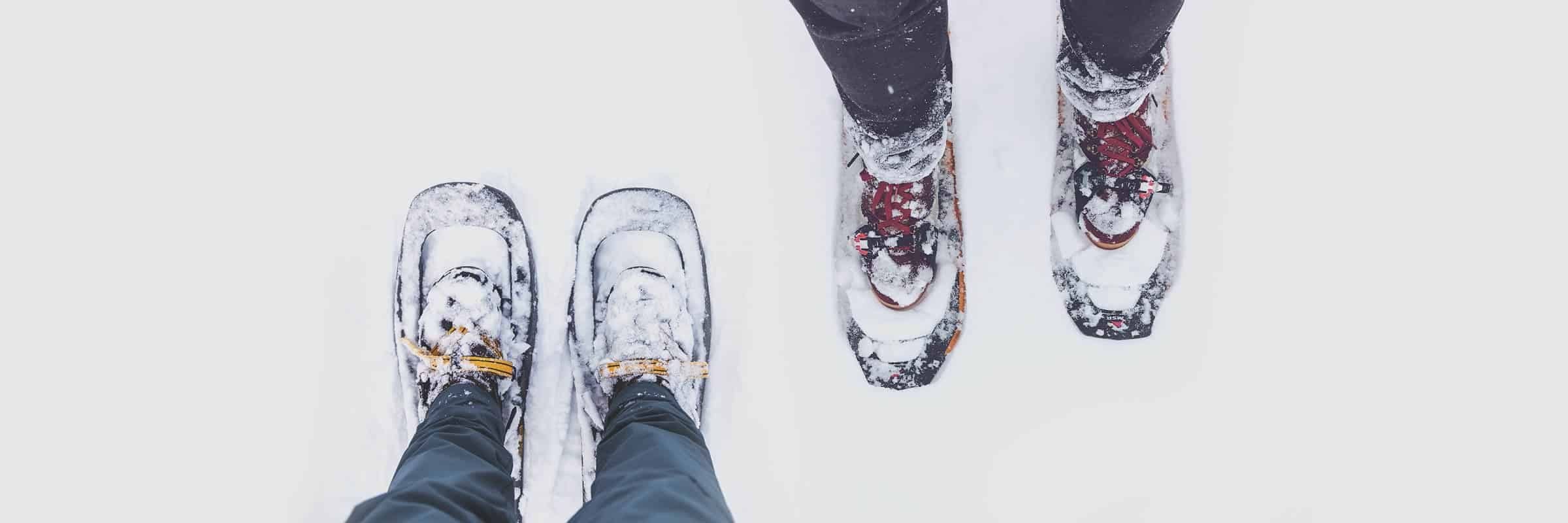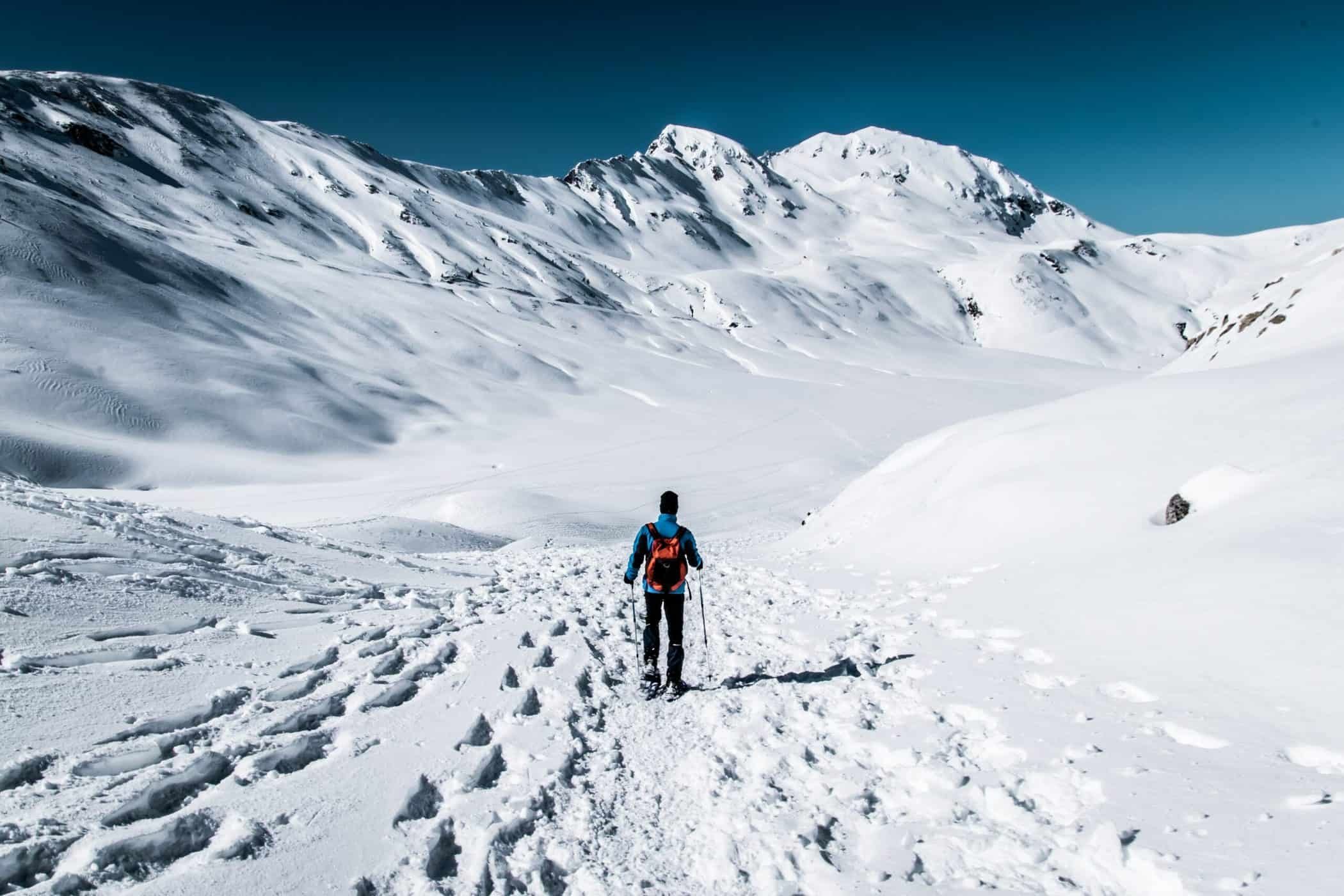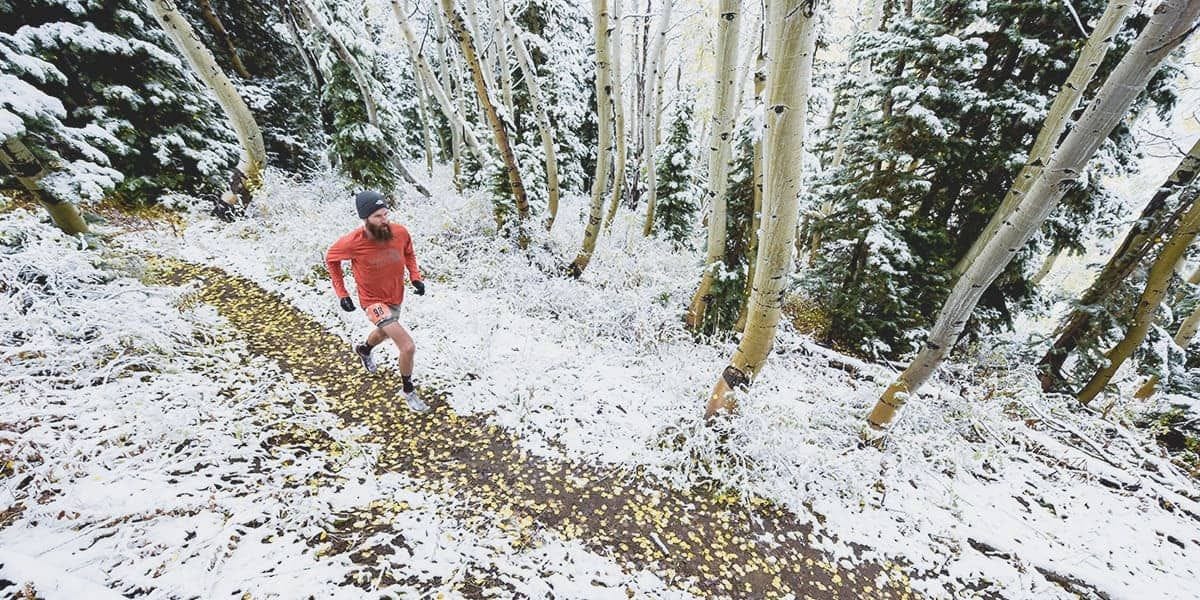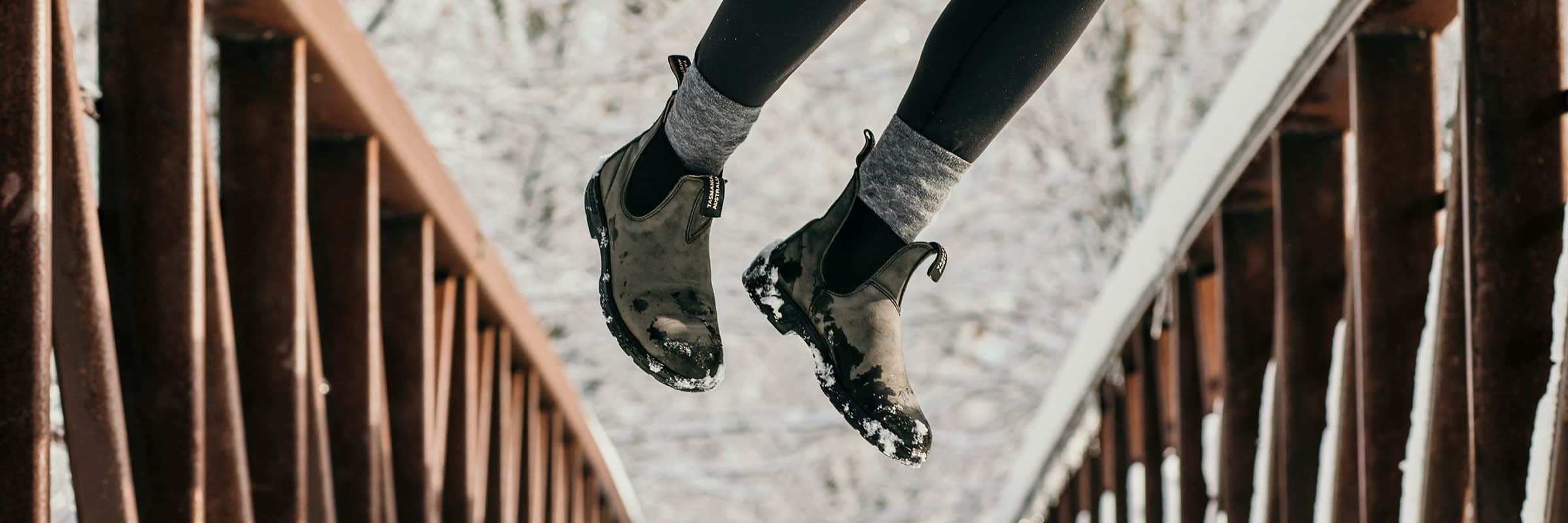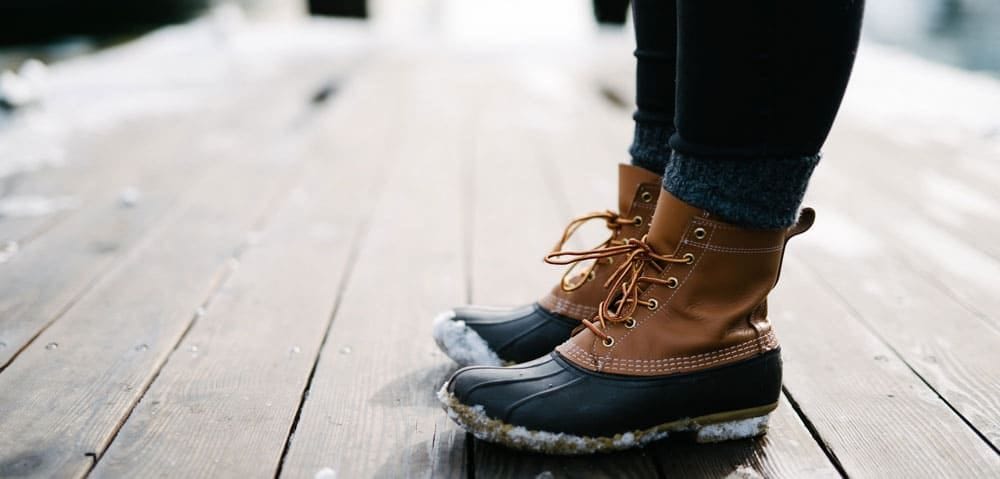Whether you’re planning on buying a new jacket or shopping for a new sleeping bag, you’ve probably noticed that the outerwear in stores has all kinds of mini-guides to the technology, and insulation used in making the product. It might not always be clear what the benefits to those insulators are, so here’s our ultimate insulation guide to help you choose between down and synthetic.
What is Down?
Down is what you find under the layer of a water bird’s feather that protects them from the cold. Unlike feathers, the down is made of multiple filaments that grow in all directions. It’s more voluminous than feathers and therefore contains more air. Note that all products made of down are also made of a little percentage of feathers. The ratio is about 90% down and 10% feathers.

You might have heard stories about the methods used to collect down. While some may be questionable, there are plenty of responsible and ethical methods to collect down through suppliers certified by the Responsible Down Standard.
Many big companies such as The North Face rely on this norm to isolate their products, and others like Patagonia have their own verification system that they developed themselves called Traceable down standard. Canadian company Quartz Co. will take their supply from Québec and Alberta farms, so they’re easier to trace back to the source.
- Lorem ipsum dolor<\/li>
- Lorem ipsum dolor<\/li>
- Lorem ipsum dolor<\/li><\/ul>","_id":"a593c57"},{"feature":"
- Lorem ipsum dolor<\/li>
- Lorem ipsum dolor<\/li>
- Lorem ipsum dolor<\/li><\/ul>","_id":"c6ac0ad"}],"single_product_id":null,"cta_1_url":null,"cta_2_url":null,"credit":null,"limit":null,"collection_link":null}
Fill Power
By looking at the construction of down, you can see multiple tiny bags of air that form a barrier from external temperatures. The higher the loft, the more bags of air there are, the more efficient the insulation will be. This is what the number beside the word Down relates to (usually between 550 and 900). It is the measurement of the down’s volume and its capacity to take back its volume after being compressed. This means that the higher the number is, the better the quality of down you will have in your product. Note that this only gives a partial rating of the warmth of the product; it also depends on the quantity of down used in the product.
Down insulation is ideal for trips or hikes during which the weight is one of your top priorities. The lighter the better when you need to carry equipment with you. Down products are always lighter than a synthetic product for the same level of warmth.
When the down is wet, it loses its warmth capacities. In fact, since warmth comes from tiny bags of air and that when it is wet the down is compressed, the bags of air disappear and the insulation loses its efficiency. However, nowadays most down products are treated with a DWR coating for partial water-resistance.
Therefore, it would be best to avoid this type of insulation if you are going in some climates extremely humid.
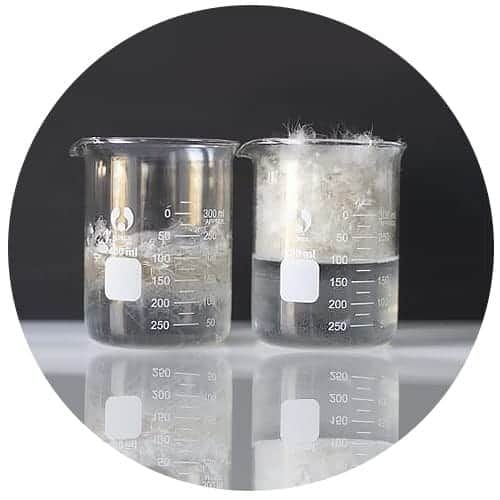
Pros
- Warmth-to-weight ratio is the best
- Very compressible
- Extremely durable if it’s cared for properly
- Very light
- Breathable
Cons
- Loses its thermal capacities when wet
- Takes quite some time to dry
- A bit more expensive
- Requires a delicate maintenance
- Possibility to have down/feathers coming out of the fabric, but this does not affect the insulation (it is also very important to never pull the feathers out of the fabric but to try to push them back inside of their bundle)
Synthetic – What is it?
Synthetic insulation was created to imitate down insulation qualities without the price tag. They are mostly made of polyester fibres of different levels of thickness that are laid out to form little bags of air to keep in warmth, just like down would. The most important point about synthetic insulation is that it keeps its warmth even when wet.
The most common type of insulation
Primaloft: It’s the most frequently used synthetic insulation and usually breaks into 4 categories. The most popular ones are Primaloft Gold, Primaloft Silver and Primaloft Silver Eco. The Primaloft Gold is the most performant one and offers a great protection in the worst conditions. The Silver Eco is made of 70% of recycled fibres. They are all, at different levels, breathable, compressible, comfortable and water-resistant.
Thinsulate: Thin, warm, light and breathable insulation. It’s made of 50% recycled material.
Thermoball: It was developed by The North Face in collaboration with Primaloft, to create a synthetic alternative to down. This insulation is very effective and has been a game-changer for synthetic insulation technology. The fibers bunch together much like that of down fibers. Heat is then trapped in small pockets with these bunches to create warmth. It is light, warm and compressible and continues to insulate even in damp conditions.
Polartech Alpha: It was created for intense conditions that the US Armed Force could work in. It is mostly known for its high degree of breathability, for its warmth, compressibility and for its easy maintenance.
Cirrus: This insulation is used by Rab to recreate the volume and structure of down while providing a unique synthetic insulation. It has the same weight-to-warmth ratio and is equivalent to a down 600. It dries quickly and keeps its warmth even when wet.
Coreloft: Unique to Arc’teryx, this insulation is made of staple fibers in mixed sizes that are crimped to trap air and retain warmth. It is also available in different thicknesses.
- Lorem ipsum dolor<\/li>
- Lorem ipsum dolor<\/li>
- Lorem ipsum dolor<\/li><\/ul>","_id":"50c269b"},{"feature":"
- Lorem ipsum dolor<\/li>
- Lorem ipsum dolor<\/li>
- Lorem ipsum dolor<\/li><\/ul>","_id":"8da1a98"}],"single_product_id":null,"cta_1_url":null,"cta_2_url":null,"credit":null,"limit":null,"collection_link":null}
Usage
Synthetic insulation is the best insulation to wear if you’re planning on working out. It’s great because it will stay warm even when humid. Synthetic insulation is also more affordable, so if you’re on a tight budget, this could be a great option. Although synthetic insulation is often treated with an antibacterial product, they keep odours a bit more than products made of natural fibres.
Pros
- Less expensive than down
- Quick dry
- Keeps its warmth even when damp
Cons
- Heavier than down
- More voluminous than down
- Less durable than down
How To Choose Between Synthetic & Down Insulation
In the end, the choice is yours. Down will be better suited for dry activities, while synthetic insulation is a good choice when doing activities where you’ll sweat, or there’s a possibility of getting wet. Whether you’re shopping for a parka, a midlayer, or even a sleeping bag, figure out what you’ll be using them for, then refer to our guide to pick the best type of insulation for your needs.



